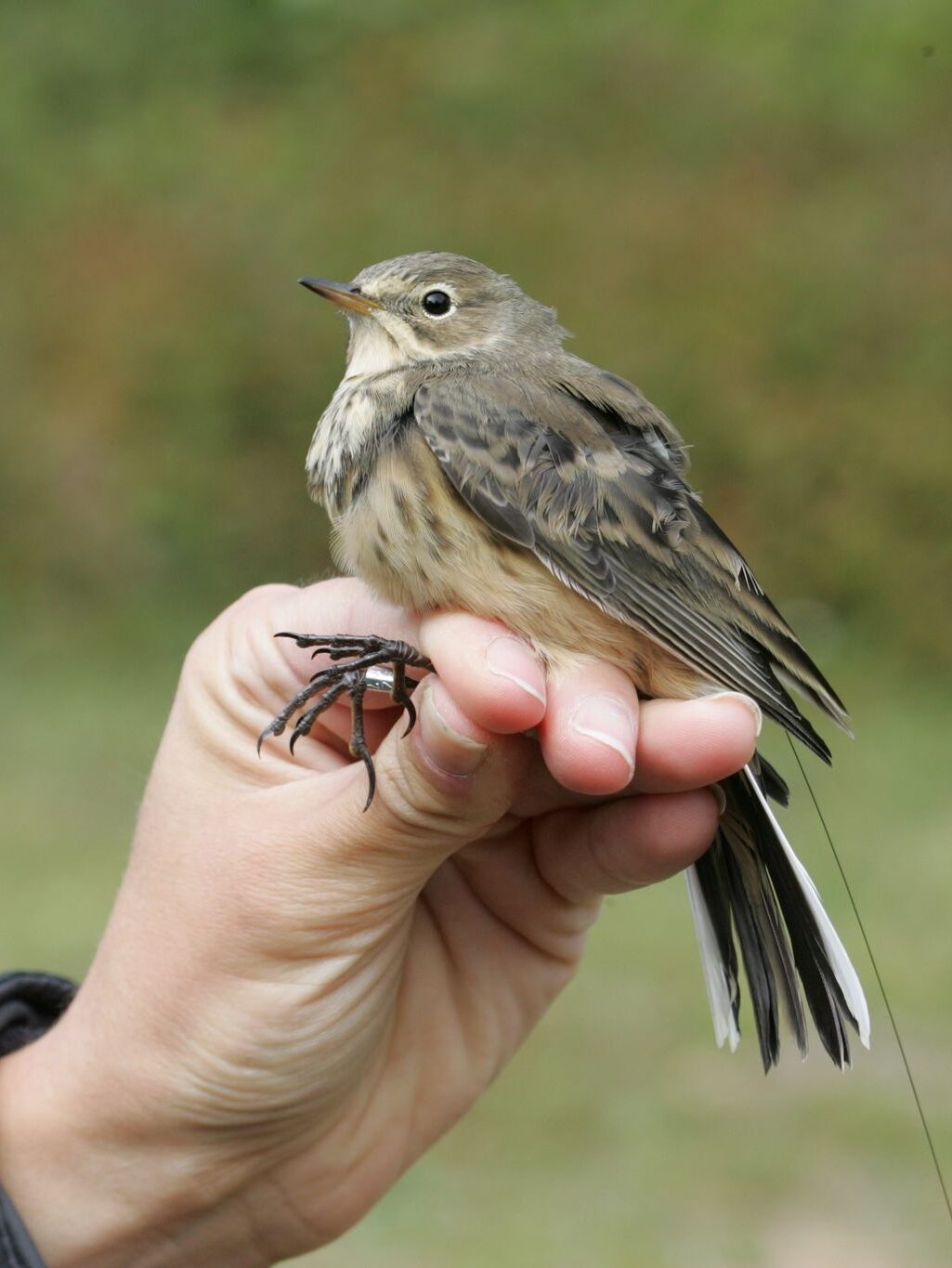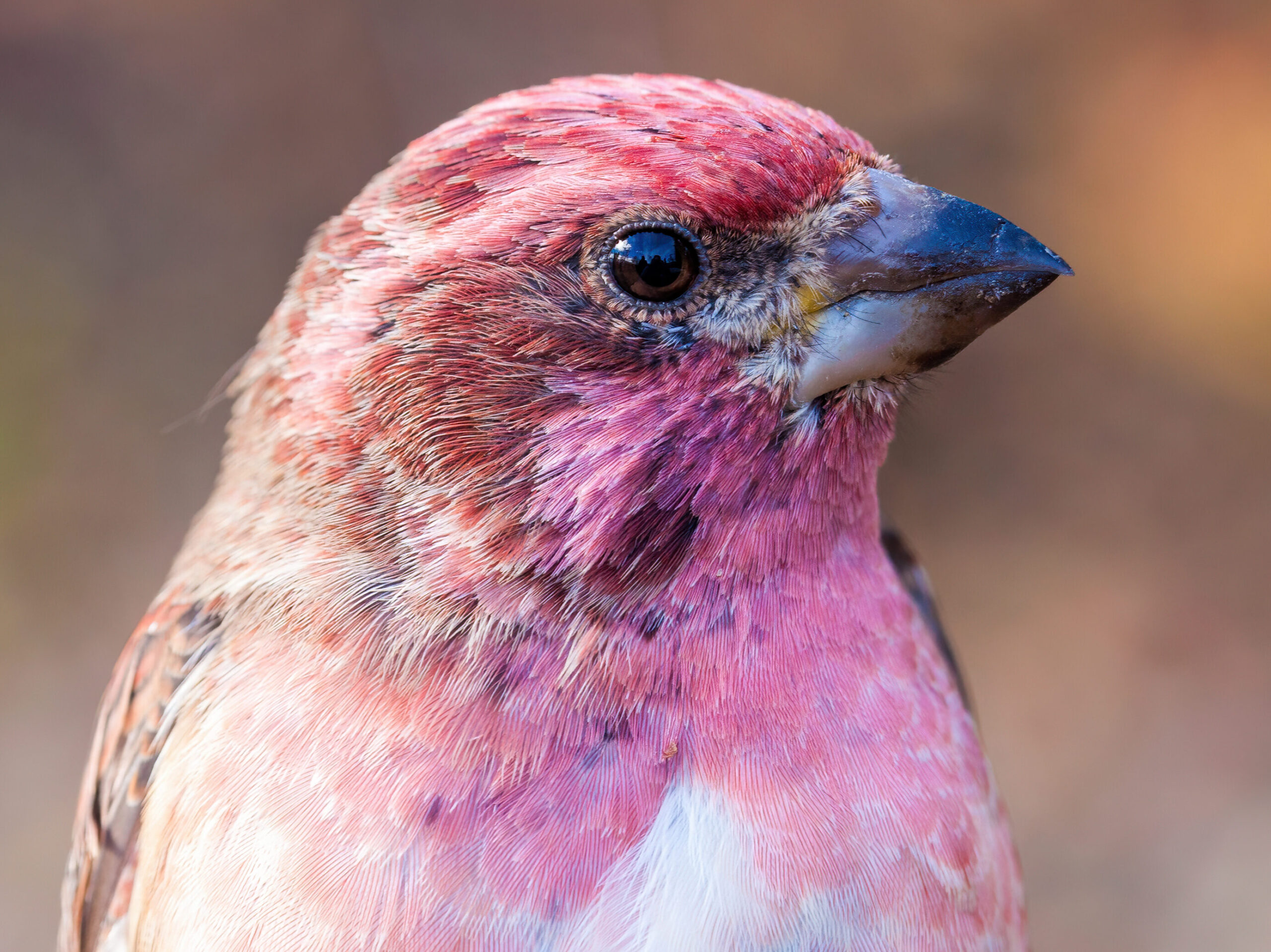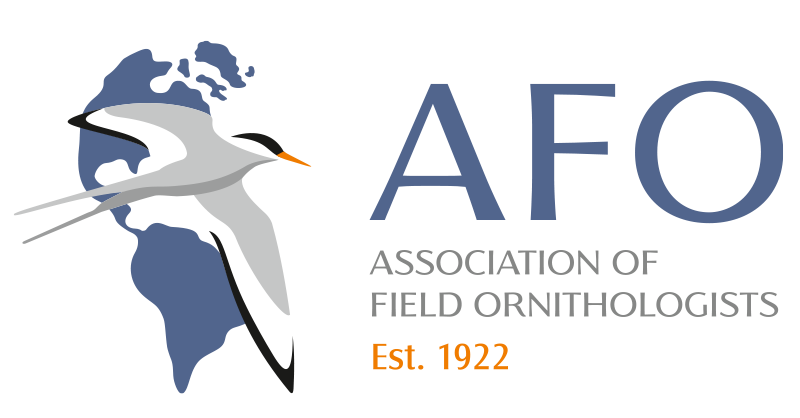Migration remains one of the least studied phases in the life cycle of birds, despite its crucial importance for understanding their population dynamics. Until recently, bird monitoring was limited to larger species due to the challenges associated with adding weight to smaller birds. This is where modern technology comes into play. The Motus tracking system, launched in 2012 by Birds Canada, has revolutionized the way we track migratory birds, all at an affordable cost. Thanks to the miniaturization of tracking devices and the installation of numerous receiver stations across North America, the network allows us to track hundreds of small species, providing detailed information about their migratory routes, departure times, stopover sites, and behaviors, without the need to recapture them.
Founded in 1993, the Tadoussac Bird Observatory (TBO) is located on the northern shore of the Saint Lawrence River, a strategic location for monitoring migrations. A member of the Canadian Migration Monitoring Network (CMMN), TBO uses traditional methods of migration tracking, such as banding and visual surveys. Its mission is to gather annual data on migratory bird populations, particularly boreal species, to assess their demographic trends. This scientific mission is coupled with high-quality training offered to ornithologists who participate in research projects, teaching them how to handle and identify birds. Lastly, raising public awareness and educating people about migration, the ecology of the boreal forest, and the bird populations that depend on it is another priority of the organization.
TBO is strategically located to monitor the migration of birds coming from the Arctic and the boreal forest of eastern Quebec and Labrador. The region is a true migratory corridor for many species as they follow the Saint Lawrence River southward. The site is also known for spectacular passages of thousands of migratory birds, which take advantage of the narrowing of the river to cross it. Between 2014 and 2023, 10 bird species, such as the Bicknell’s Thrush (Catharus bicknelli) and the Rusty Blackbird (Euphagus carolinus), which had shown a lack of data during this key phase of their life cycles, were fitted with transmitters. In total, our team deployed 579 transmitters.



These transmitters have allowed us to better understand migratory routes, stopover sites, and individual behaviors during their journeys, but also led to major discoveries. For example, Swainson’s Thrush (Catharus ustulatus) take a more continental migratory route than the Gray-cheeked Thrush (Catharus minimus) and Bicknell’s Thrush during the fall migration, and they make many stops before continuing their journey south. The Purple Finch (Haemorhous purpureus), considered a daytime migrant, was found to travel at night, several hours before sunrise, based on our findings. The Horned Lark (Eremophila alpestris), composed of several subspecies, some of which are in significant decline, uses a particularly northern and expansive wintering range, which can have important implications for its conservation.
The data collected by TBO and the Motus network are essential for the conservation of migratory species. Information on stopover duration, migration departures, and flight trajectories provides insights into the ecological needs of birds and helps guide conservation strategies. Boreal species in particular, are often understudied because they breed in remote habitats. However, several populations of boreal and Arctic birds have shown signs of decline in recent decades. Identifying the migratory routes and stopover sites of these species is crucial for understanding the causes of their decline and developing appropriate conservation strategies.
Thanks to advanced technologies like the Motus system, the Tadoussac Bird Observatory plays a key role in the study and protection of migratory birds. This monitoring work is not limited to data collection but actively contributes to the conservation of species that pass through this strategic region. By promoting the use of miniature transmitters and leveraging the Motus network’s capabilities, the Observatory contributes to a better understanding of birds’ migratory dynamics and the preservation of their habitats.
If you’re passionate about ornithology or nature in general, a visit to Tadoussac is a unique opportunity to discover the fascinating migrations of birds and learn more about the ongoing conservation efforts. It’s a place of research and awareness where nature reveals its full splendor.
Alexandre Terrigeol
Directeur aux opérations
Observatoire d’oiseaux de Tadoussac
The results of this study were recently published in the Journal of Field Ornithology:
Walker, J., J.-F. Therrien, C. Bégin-Marchand, P. Côté, A. Terrigeol, F. Gagnon, and J. A. Tremblay. 2025. Insights from a decade of using the Motus network to track boreal bird species from Observatoire d’oiseaux de Tadoussac, Québec to temperate and tropical wintering grounds. Journal of Field Ornithology 96(2):2. https://doi.org/10.5751/JFO-00605-960202.
Header photo: Rusty Blackbird (Euphagus carolinus) by Jessé Roy-Drainville.
